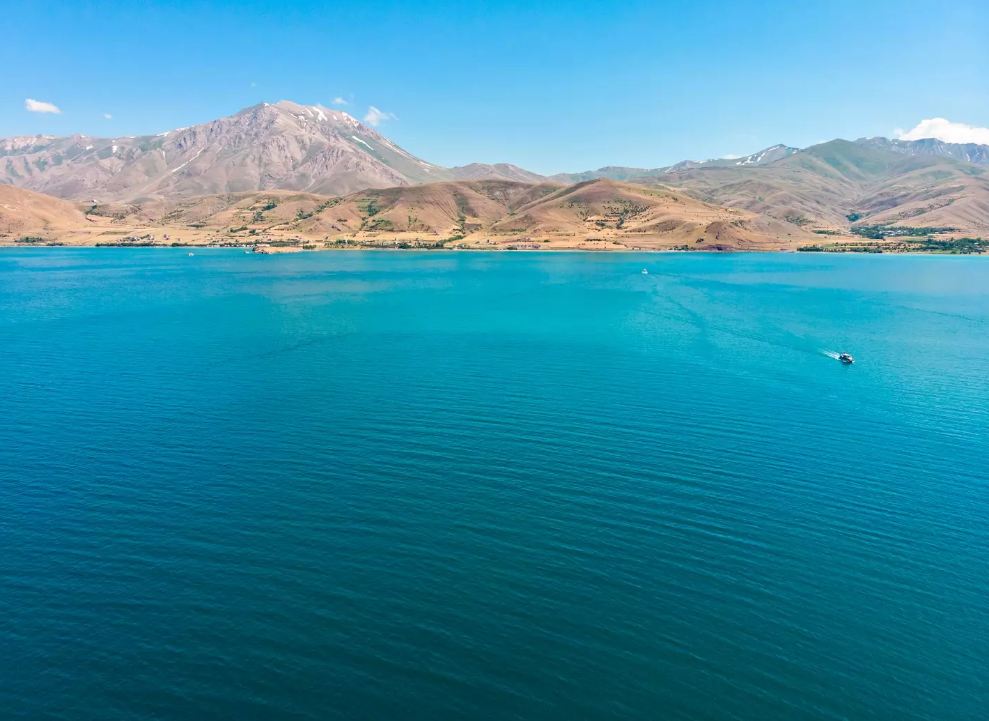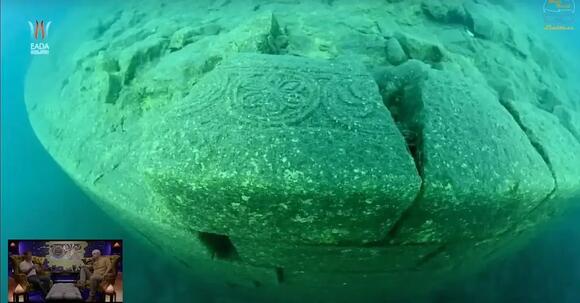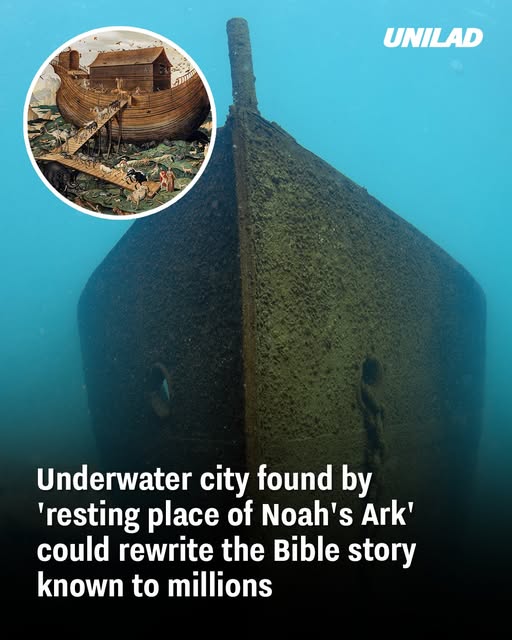An extraordinary discovery lies some 85 feet beneath the surface of Turkey’s Lake Van, near the town of Gevaş about 150 miles from Mount Ararat, traditionally known as the resting place of Noah’s Ark. Find out more in the article below.
Rediscovery and Recognition
Though Ceylan’s discovery dates back decades, its full archaeological significance only recently began to attract international scholarly interest. According to archaeologist Matthew LaCroix—speaking on the Matt Beall Limitless podcast—the site likely ranks among history’s most important findings, yet it went relatively unnoticed, largely because it wasn’t contextually labeled or widely communicated.

Civilizations from the Depths of Time
What makes this submerged city remarkable is the architectural complexity of its ruins. The site stretches approximately half a mile and features a stone fortress along with circular temples. Intriguingly, one of these temples is adorned with a six-spoked “Flower of Life” motif—also found in ancient structures across Peru and Bolivia. Such craftsmanship surpasses what can be accounted for in civilizations from the past 6,000 years.
Geological Events: Ties to the Flood Story
Researchers believe the site may hold clues linking geological catastrophe to ancient myth. LaCroix reports that the eruption of Mount Nemrut—a volcano in central Turkey—disrupted the Mirat River’s flow, triggering massive flooding during the Younger Dryas, a climate-cooling phase between approximately 12,900 and 11,700 years ago. This event occurred shortly after the last glacial maximum of the Ice Age. The flooding may have inspired one of humanity’s oldest flood narratives, parallel to tales of a great deluge recounted in ancient Mesopotamian epics such as those involving Ziusudra or Utnapishtim—stories predating or existing alongside early versions of the Noah legend.
Reimagining Biblical Origins
If this site indeed reflects a highly developed pre-Flood civilization, its relevance to the biblical story of Noah becomes profound. Unveiling such a culture would suggest that localized natural disasters—like the volcanic flood near Mount Nemrut—may have inspired or shaped myths of a global flood, potentially influencing the earliest versions of the Noah narrative included in the Holy Scriptures.
Beyond its potential historical and biblical significance, the submerged city of Lake Van could also provide valuable insights into how ancient societies adapted to catastrophic environmental changes. Studying the site might reveal evidence of advanced engineering, trade networks, or cultural exchanges previously unknown to scholars. Artifacts, inscriptions, or tools recovered from the ruins could shed light on the daily lives, religious practices, and political structures of its inhabitants. Moreover, this discovery serves as a reminder that vast portions of human history remain hidden—sometimes literally—beneath the earth and sea. Just as cities like Troy or Pompeii once lay buried, Lake Van’s underwater metropolis challenges modern assumptions about the timeline of human civilization. As research continues, it may not only reshape biblical interpretations but also deepen our appreciation of humanity’s resilience and ingenuity in the face of dramatic planetary upheaval.

Looking Ahead
This discovery offers a compelling intersection of archaeology, geology, and the study of religion. Further exploration and scholarly examination are needed to unravel the city’s age, purpose, and construction techniques. Confirming these details could transform our understanding of ancient civilization and the origins of enduring flood myths—perhaps even prompting a revision of long-held religious traditions

















